Article by Jack Naito, President of Luna Technologies
Extracts and concentrates are the fastest growing sector of the cannabis market.
In 2019, the global market for cannabis extracts, which covers products ranging from everyday vape oils to super potent THC diamonds, was valued at more than $7 billion dollars on a quickly expanding growth path set to top $26 billion in revenue by 2027.
Trends show concentrates and extracts consistently gaining on the traditional cannabis flower in terms of user preference, year after year. It’s a market that’s big, growing, and, if companies are smart, soon to be fully automated.
#1) Automation Keeps Costs Down
Extraction is a technically complex process, requiring workers with high levels of skill and education, who can prove both hard to find and expensive to keep.
In a 2018 Weedmaps report, industry professionals pegged expected salary for highly-educated “master extractor” positions somewhere between $90,000 and $180,000 a year. They’ve only risen in the years since.
Short of offering six figure salaries to attract established talent, operators have the option to slowly train up employees themselves, steeping workers in their own proprietary systems and preferred methods. But, once trained, there’s nothing stopping those workers from leaving the company to take advantage of their newfound expertise, or even from starting their own competing operations. For companies focused on consistency and profitability, the idea of singularly inspired “extract artists” should be well over.
Any given person, no matter how skilled or meticulous, should not, and can not, be counted on to reproduce the same extraction procedures with perfect precision day in and day out. Automated systems are designed to do just that. Automated extraction equipment allows for less-specialized staff, devoting less time to overseeing complicated processes, and able to take on an additional range of administrative and lab tasks, increasing efficiencies in the business at an overall lower cost.
#2) Automation Keeps Quality Consistent
Systems with automated controls carry the added benefit of recording exacting data logs, accounting for minute changes in temperature and timing that affect the quality of the end-product.
Easily accessible data means faster process development, which means more consistent quality and predictable profit. And, with the inevitability of the FDA turning a stricter regulatory eye on cannabis nationally, companies are going to need to produce exacting records to remain compliant. It’s better to get well ahead of it now than to get stuck playing catch up later.
Further, the financial risks associated with possible human error in extraction are too steep to bear. Take the process that creates a high-priced product like shatter, the glass-like cannabis extract used in dab rigs. Here in Oregon, the retail price of shatter is about $20 dollars a gram. Each batch run can produce roughly 1,000 grams. That means the retail price of a single batch of shatter is around $20,000. If a lab tech mistimes a valve operation that spoils just one batch? That’s an awfully big hit for a momentary lapse.
#3) Automation Keeps You Safe
And when you’re dealing in processes that can be, quite literally, explosive, a financial loss may not be your biggest risk.
In the early days of the cannabis industry, extraction equipment was often Frankenstein-ed together from cast off pieces from other industries, like beer brewing. As an industry, we took that Frankenstein equipment and threw it in a potentially explosive environment along with the people who run it.
On top of that, we put every safety measure in the hands of people. It makes no sense. Automation gets extraction techs out of the hazardous extraction room and lets electronic controllers with fail-safes and redundancies take care of safety.
As an extraction tech or a business owner, I know I’d rather be standing outside the extraction room watching a touchscreen display take care of the process instead of standing inside the room while a person makes sure I’m safe.
Sure, there are other extracting methods, like CO2 or ethanol, that might mitigate a bit of risk. But they sacrifice quality, inhibit terpenes, and result in products with lower value to consumers. When automated systems can offer safe, elegant solutions, why sacrifice product quality or potential profit?
Alarms can be connected to automated controls, able to detect a potential gas leak quickly and shut down the extraction equipment. A predictive algorithm can send a gentle ping to your phone when it expects a bolt needs a change or a pump needs a rebuild. Greater automation in the cannabis industry can and will save lives.
The continued, exponential increase in competition across all sectors of the cannabis market means that lowering operating costs will be the name of the game going forward, and the single biggest factor in determining who survives and who thrives. Utilizing fewer staff, producing a higher quality product, and risking fewer accidents all positively impact that bottom line. Once you’ve accepted that, there should be little doubt that the bright future of cannabis extraction will be automated.
Jack Naito is President of Luna Technologies, a hydrocarbon extraction manufacturer where he oversees operations, strategic growth, and R&D for the company he co-founded in 2016. Jack entered the cannabis industry after time spent as a materials, process, and physics engineer for aerospace giant Boeing.


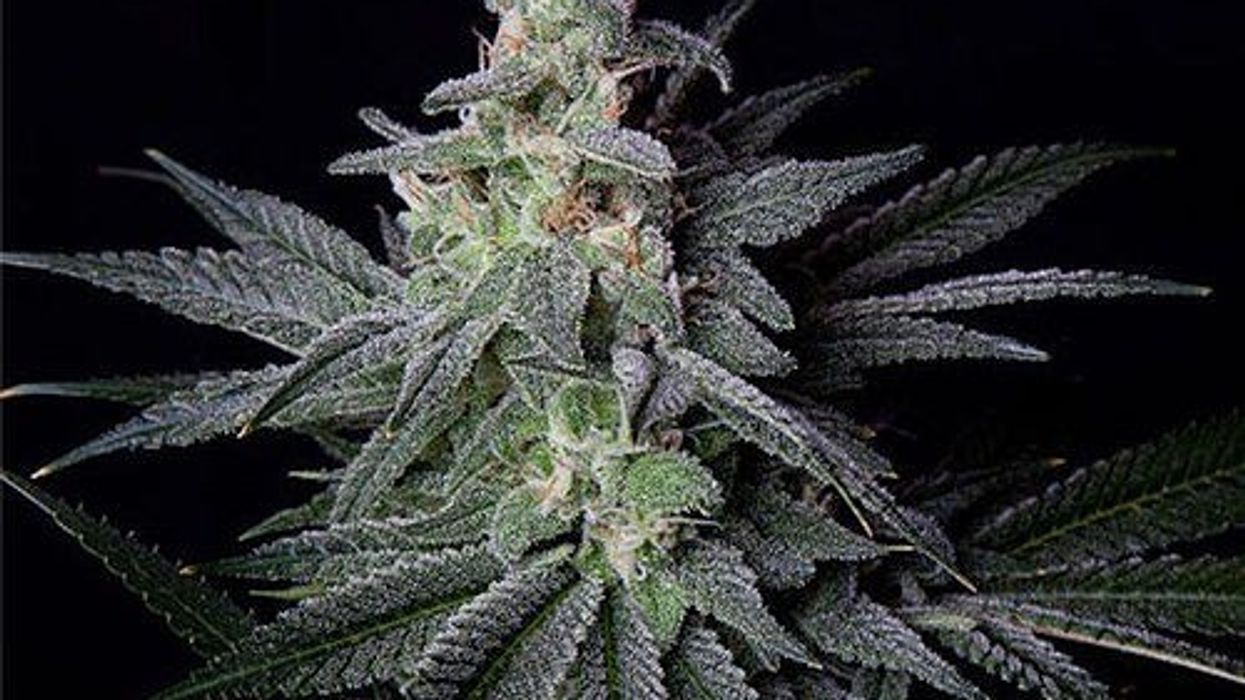

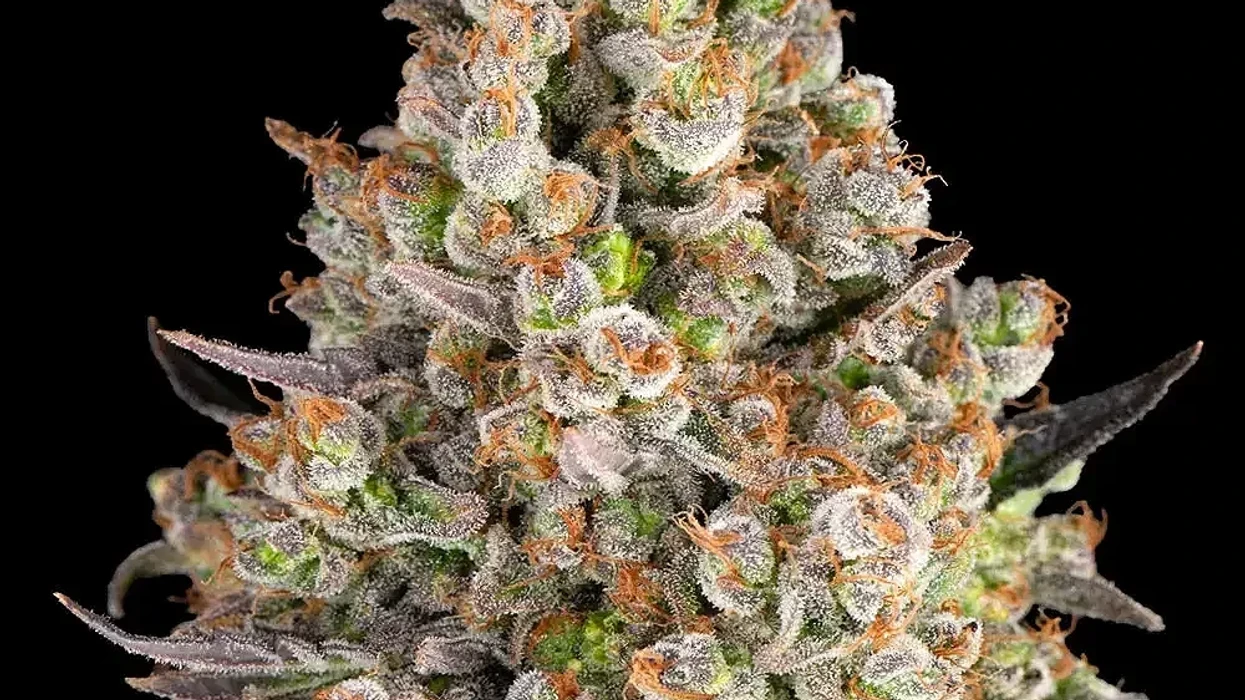
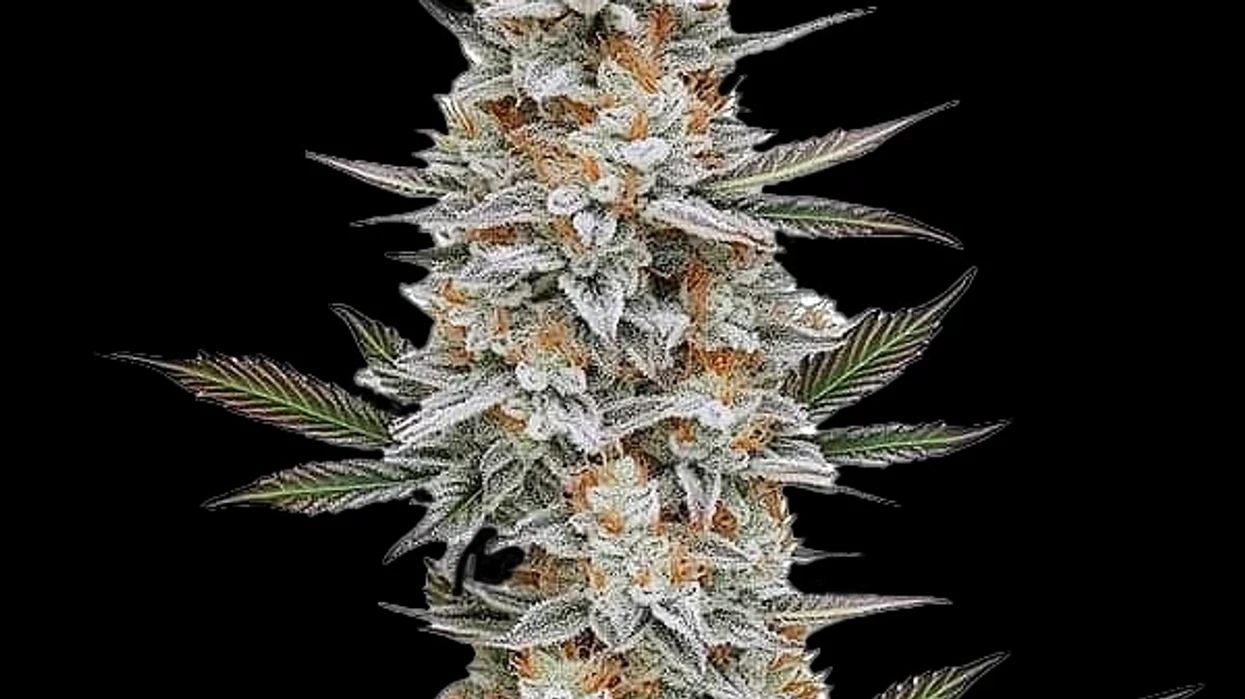

 Introduction to Psychoactive Mushrooms: The Aztec God Strain - The Bluntness
Photo by
Introduction to Psychoactive Mushrooms: The Aztec God Strain - The Bluntness
Photo by  Introduction to Psychoactive Mushrooms: The Aztec God Strain - The Bluntness
Photo by
Introduction to Psychoactive Mushrooms: The Aztec God Strain - The Bluntness
Photo by 






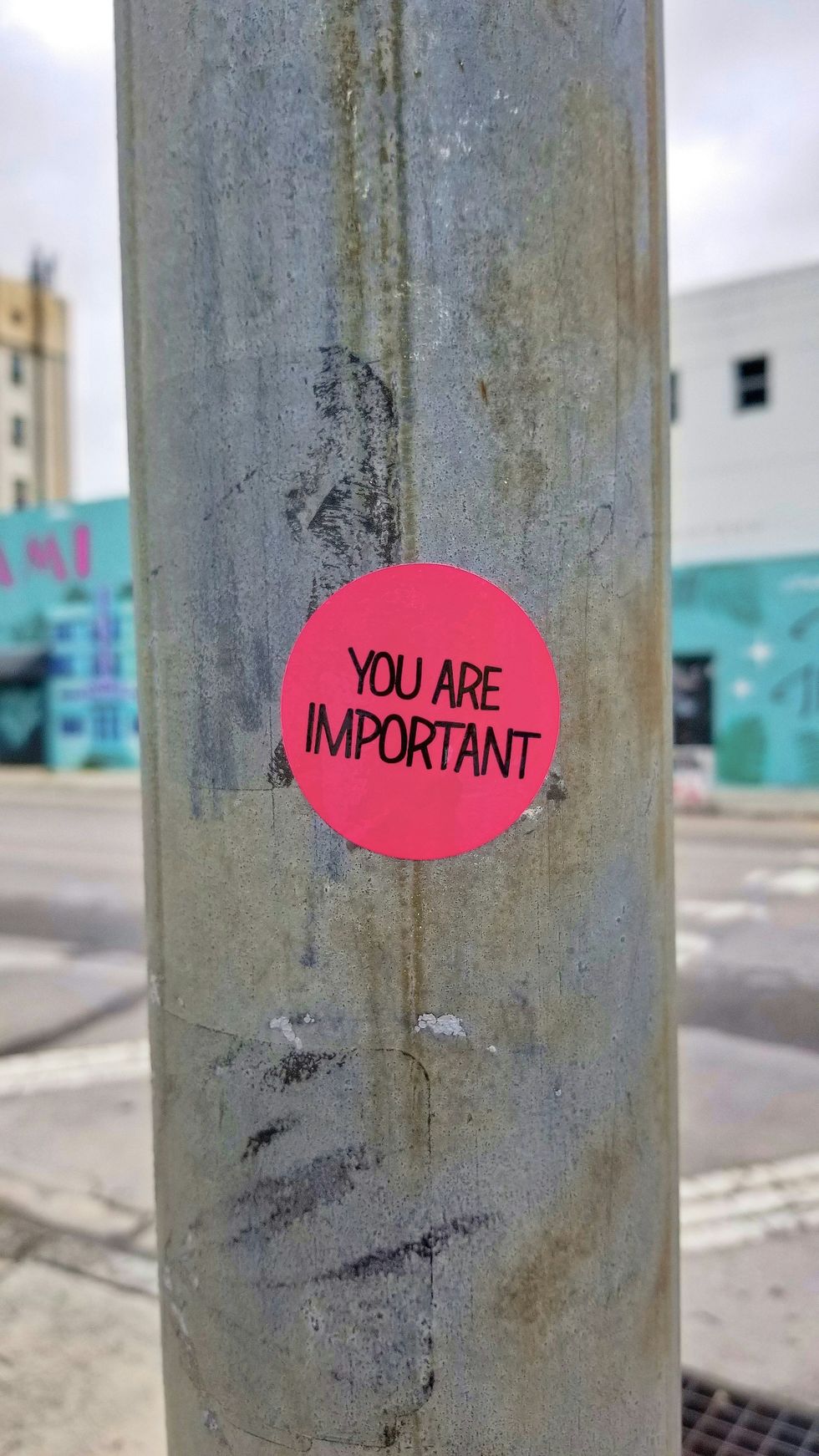 The Psychology of Praise vs. Criticism: A Study in Emotional Intelligence
Photo by
The Psychology of Praise vs. Criticism: A Study in Emotional Intelligence
Photo by 
 What is Moon Rock Weed? - The Bluntness
null
What is Moon Rock Weed? - The Bluntness
null
 What is Moon Rocks Weed? - The Bluntness
What is Moon Rocks Weed? - The Bluntness What Are Moon Rocks?
What Are Moon Rocks?
 The Potential Impact of Smoked Cannabis on PTSD Treatment - The Bluntness
Photo by
The Potential Impact of Smoked Cannabis on PTSD Treatment - The Bluntness
Photo by 
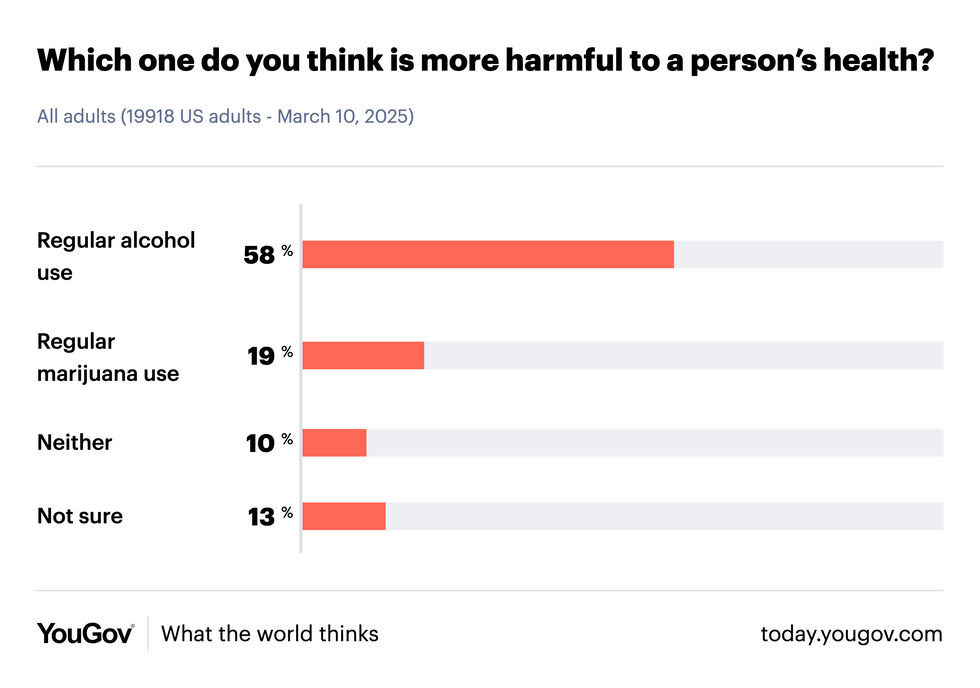 YouGov survey results - alcohol vs. marijuana
YouGov survey results - alcohol vs. marijuana  Weed’s Image Glow-Up Is Real
Photo by
Weed’s Image Glow-Up Is Real
Photo by